Fuel and Flow on Wilderness Trails
Chosen theme: Food and Water Preparation for Wilderness Trails. Welcome to your friendly basecamp for smarter backcountry meals and hydration. Learn practical systems, hear real trail stories, and join the conversation so we can all hike farther, safer, and happier together.

Calorie Planning and Trail Nutrition Basics
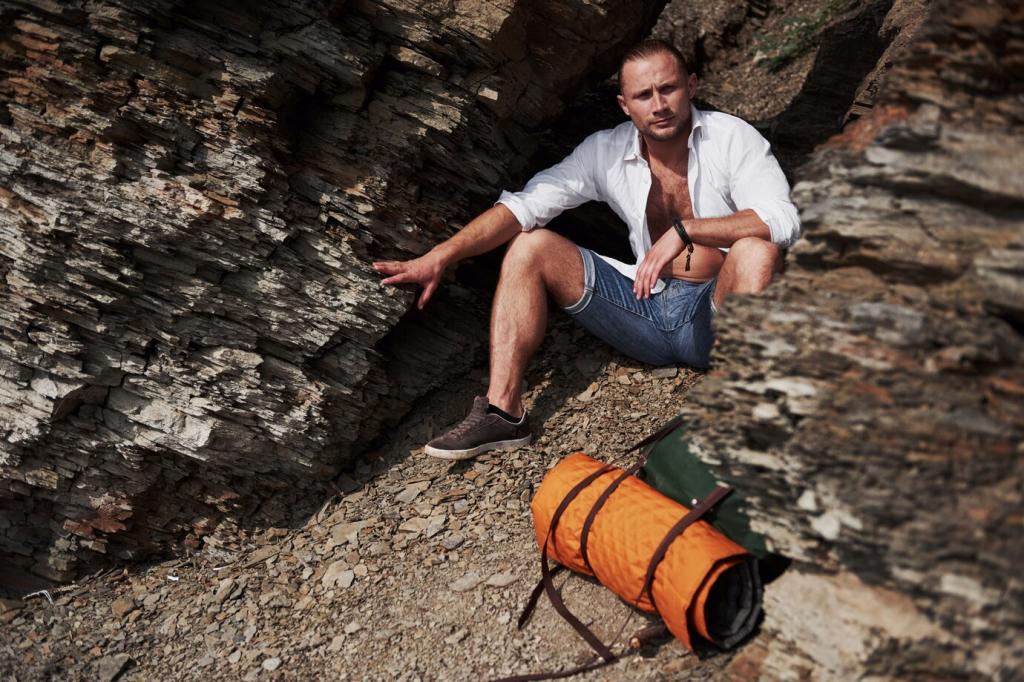
Back-of-the-Envelope Calorie Math
Calculate daily energy based on distance, elevation, temperature, and pack weight. A practical starting point is 3,000–4,500 calories per day; adjust after day one using hunger cues, leftovers, and performance.

Balancing Macros for Endurance
Endurance benefits from complex carbohydrates for steady fuel, fats for dense calories, and protein for recovery. On long climbs, snack every forty-five minutes to prevent bonks, irritability, and risky decision-making on exposed terrain.
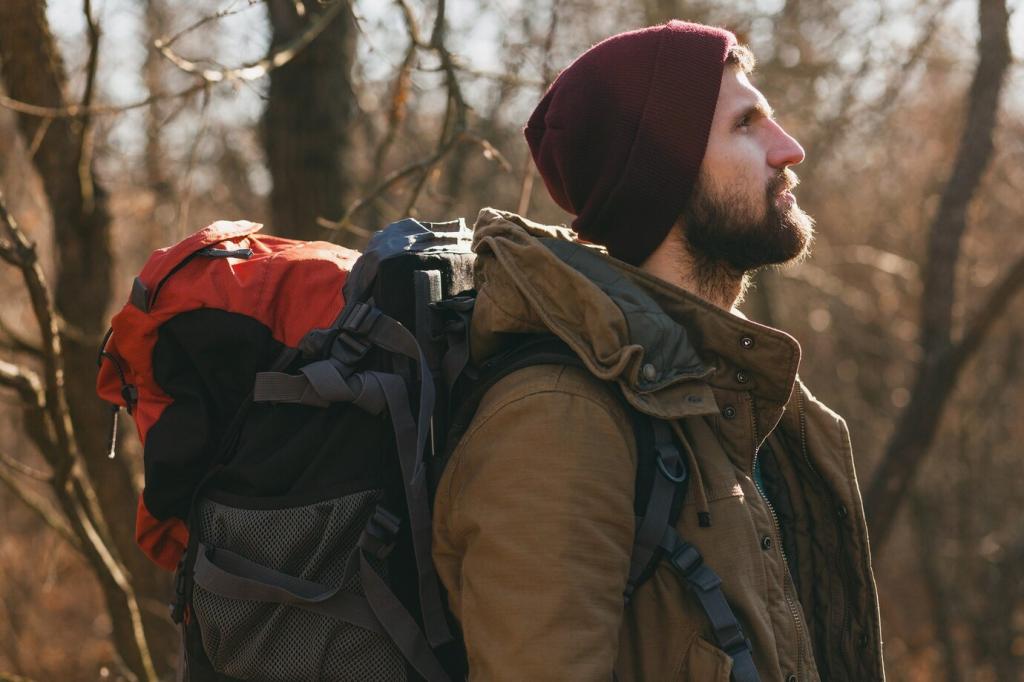
Dietary Needs and Morale Foods
Gluten-free, vegan, or low-sodium plans can thrive outdoors with thoughtful prep. Keep one small morale treat per day—like dark chocolate or candied ginger—because mood protection can be as vital as muscle recovery on tough days.
Finding and Purifying Water Off-Grid
Study topo lines and aspect to predict springs, snowmelt, and seep zones. Look for green riparian bands, mature trees, and converging drainages. Avoid stagnant pools, livestock areas, and silty glacial flour that clogs filters quickly.
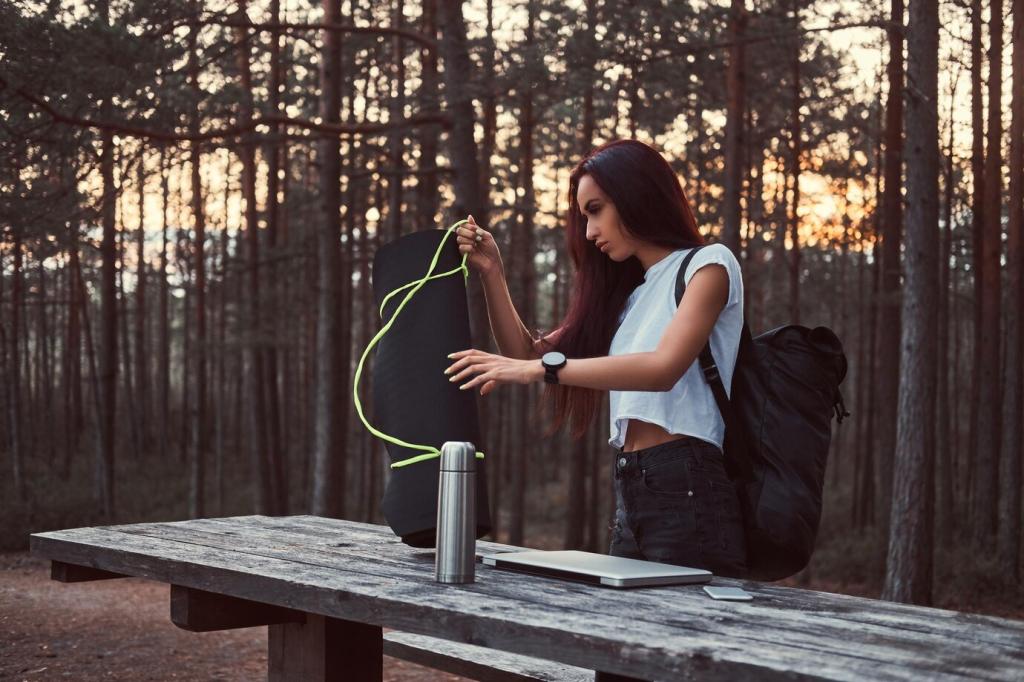
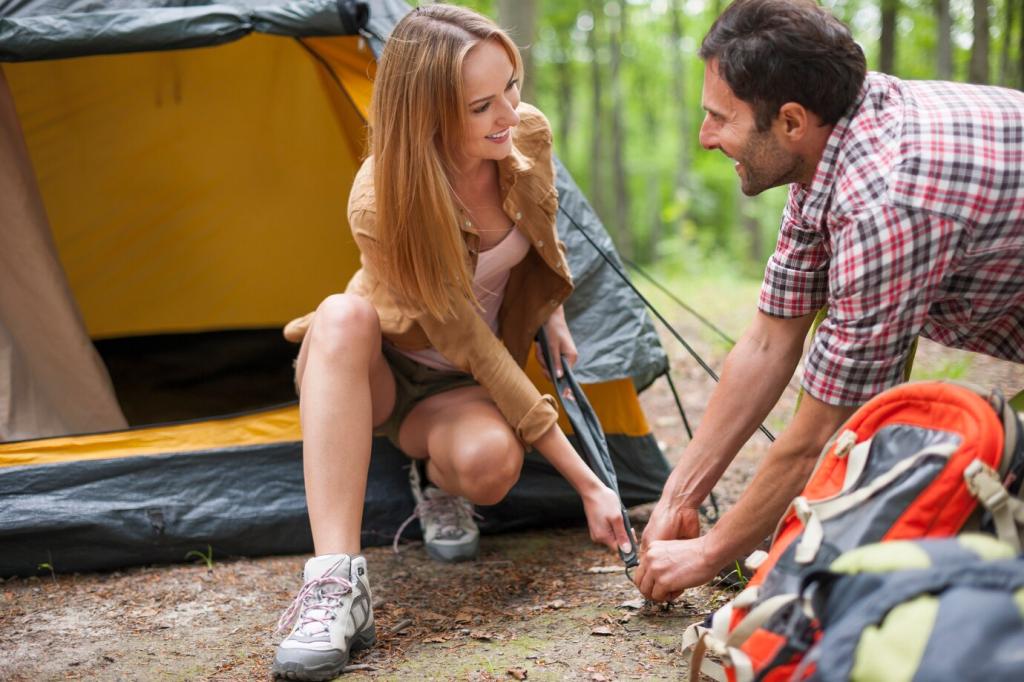
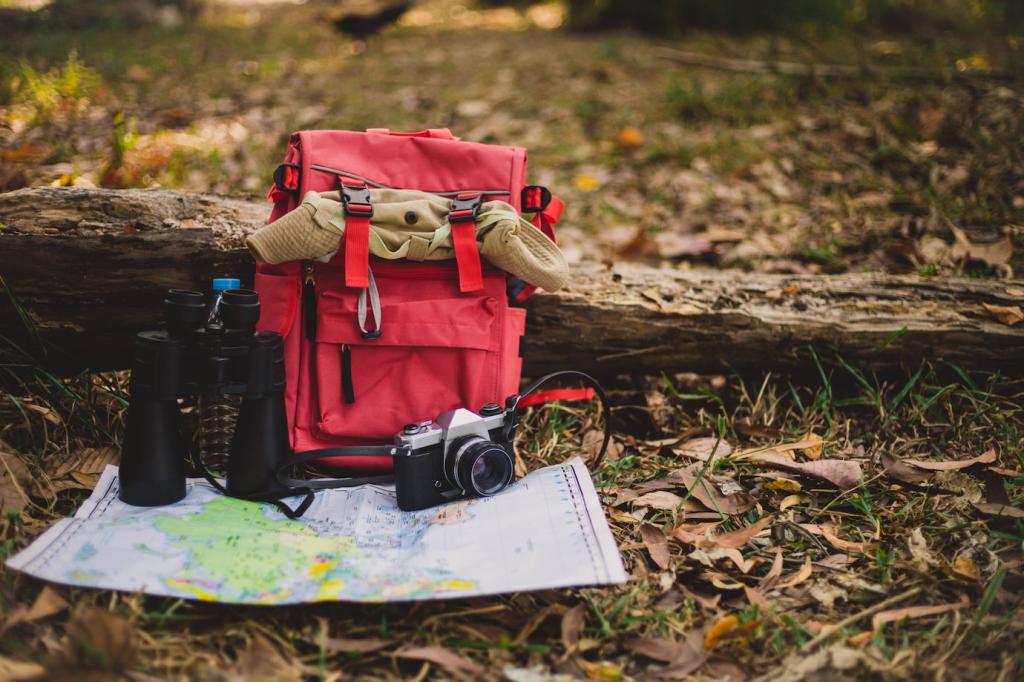

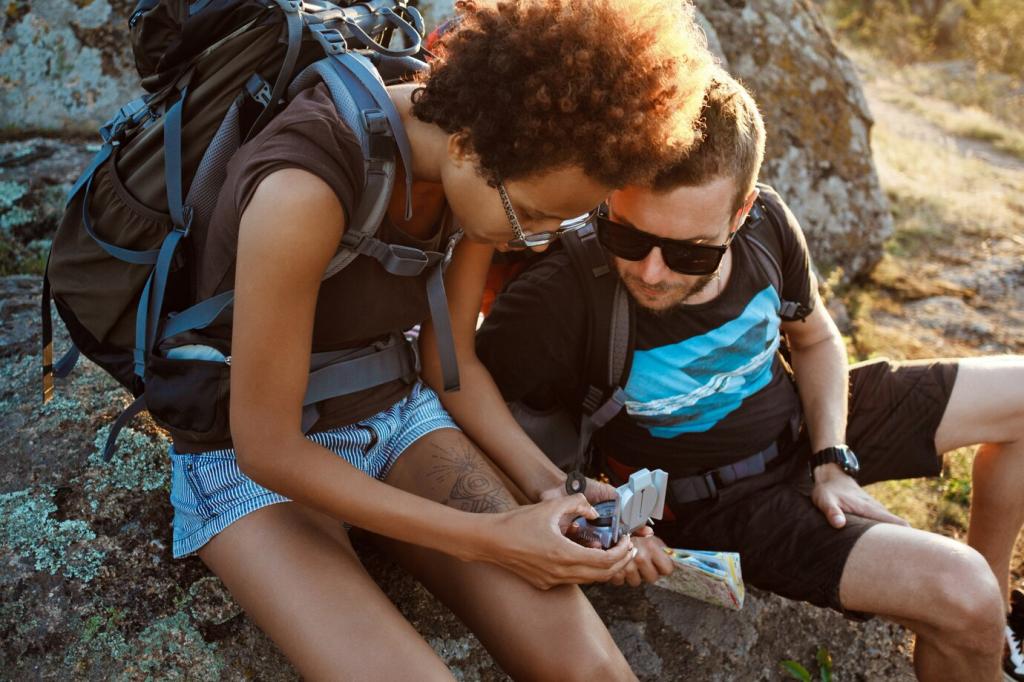
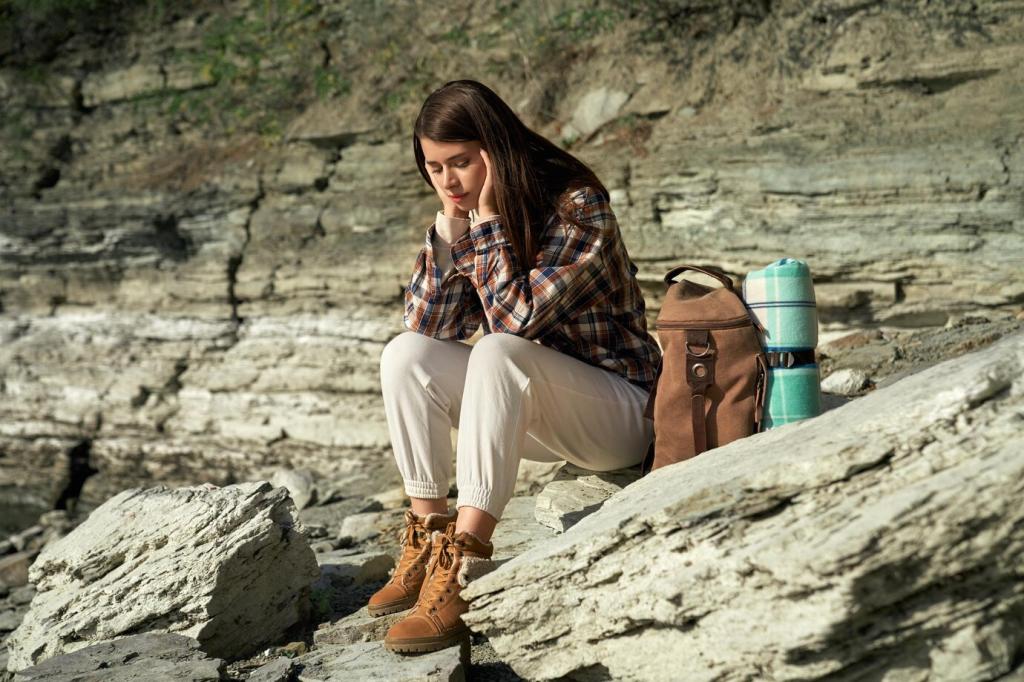
Wildlife-Safe Storage and Camp Hygiene
Know local rules before you go. Canisters are required in many parks and double as seats. In permitted zones, a proper PCT hang keeps bags high, tight, and six feet from the trunk and any reachable branch.
Wildlife-Safe Storage and Camp Hygiene
Use odor-resistant liners, double-bagging, and dedicated cook bags. Establish a triangle: sleep area, kitchen, and food storage at least two hundred feet apart. Wash hands religiously; cross-contamination attracts critters and ruins appetites fast.

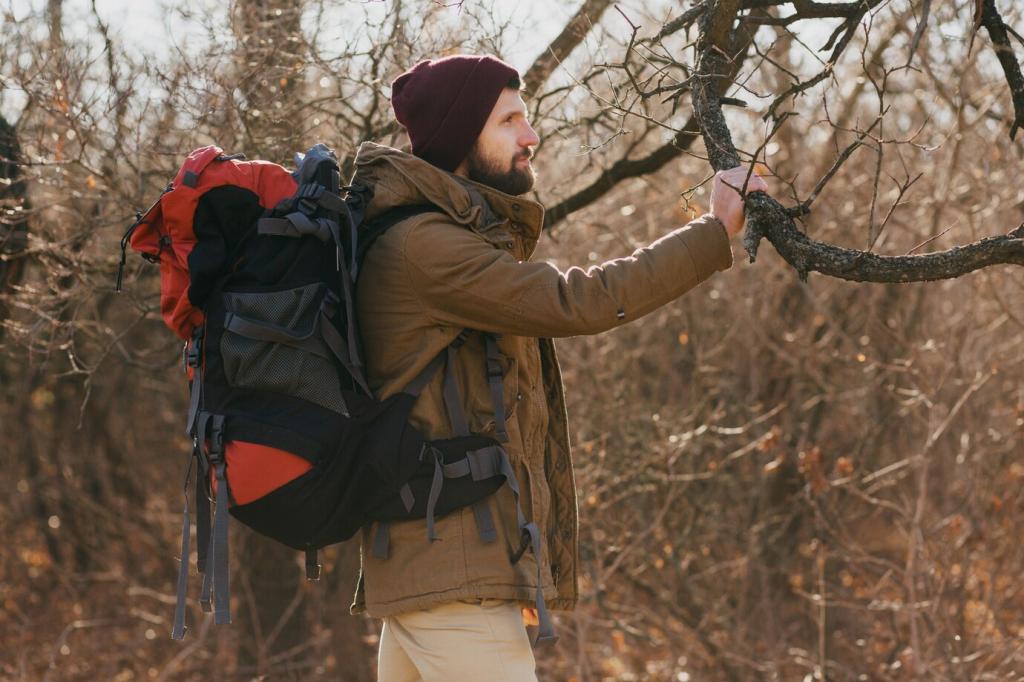
Stoves, Fuel, and Fire Rules
Canister stoves excel in wind with proper shields, alcohol stoves favor ultralight simplicity, and liquid fuel shines in cold expeditions. Consider pot diameter, integrated heat exchangers, and stability when you’re simmering in gusty alpine saddles.
Stoves, Fuel, and Fire Rules
Higher elevations lower boiling points, stretching cook times. Cold canisters sputter; warm them in a pocket or water bath. Plan extra fuel for melting snow, plus a safety buffer for surprise delays and group coffee morale.
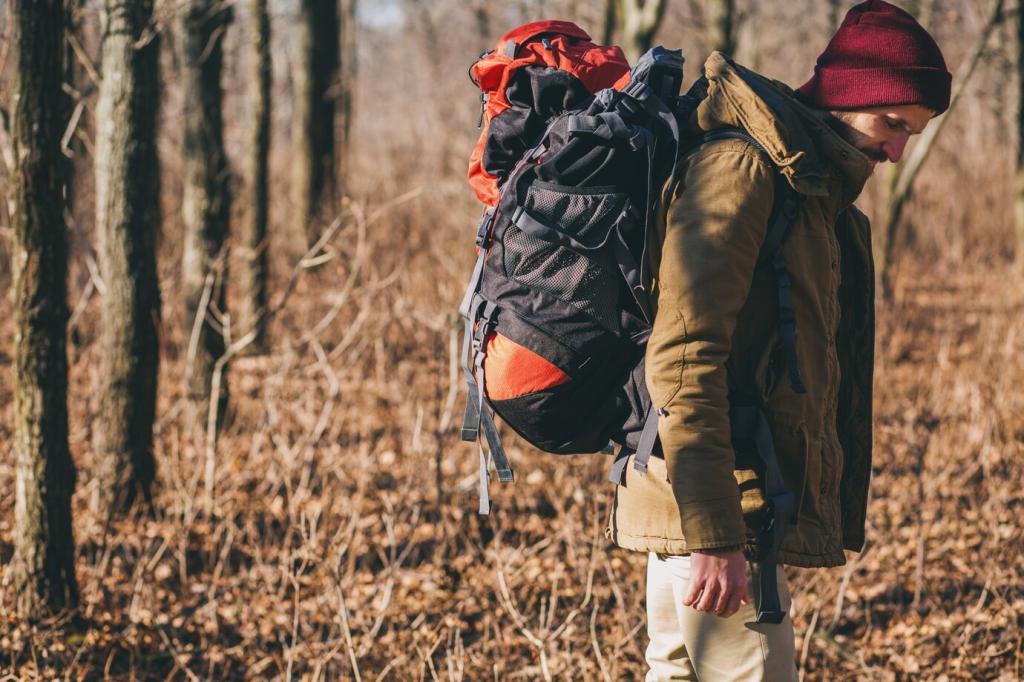
Testing Your Sweat Rate
Weigh yourself before and after a one-hour hike with known fluid intake to estimate losses. Repeat in heat and cool conditions. Use results to plan liter-per-hour targets that keep pace with terrain and temperature.
Electrolytes, Cramps, and Performance
Sodium helps retention, potassium supports muscle function, and magnesium may tame cramps. Rotate mixes to avoid palate fatigue. If fingers swell or headaches creep in, reassess sodium concentration and drinking pace before bigger problems develop.
Hydration Routines Morning to Night
Front-load fluids at breakfast, sip steadily on climbs, and finish with a warm electrolyte tea at camp. Stash a half-liter by your sleeping bag; a midnight sip can prevent groggy headaches at sunrise.

Breakfasts That Travel Well
Instant oats with milk powder, chia, and dried berries rehydrate fast. Savory fans love couscous with bouillon and olive oil. A small thermos preserves hot oatmeal during frosty starts when fingers refuse delicate stove work.
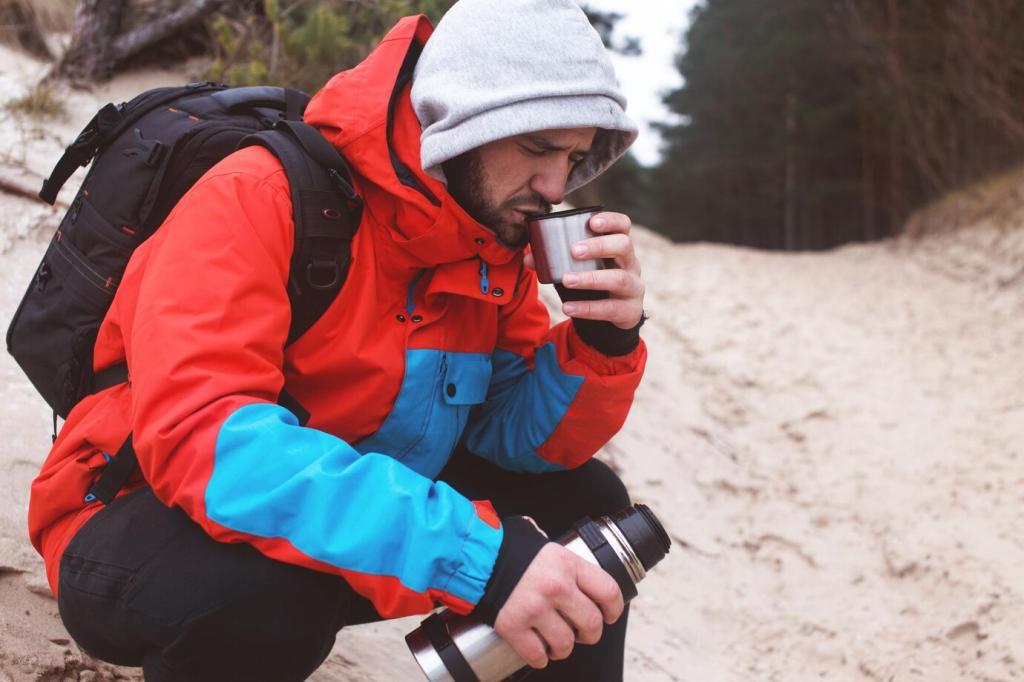
Snack Strategy for Steady Energy
Alternate sweet and savory to avoid flavor fatigue: nut butters, jerky, dried mango, fig bars, and cheese. Build a snack pocket you can reach without removing your pack, and nibble before hunger interrupts decisions.
Group Logistics, Emergencies, and Redundancy
Assign stove, windscreen, and fuel across partners. One person manages water sourcing while another tracks calories per day. Rotate duties to keep skills fresh and prevent any single pack from becoming a kitchen mule.
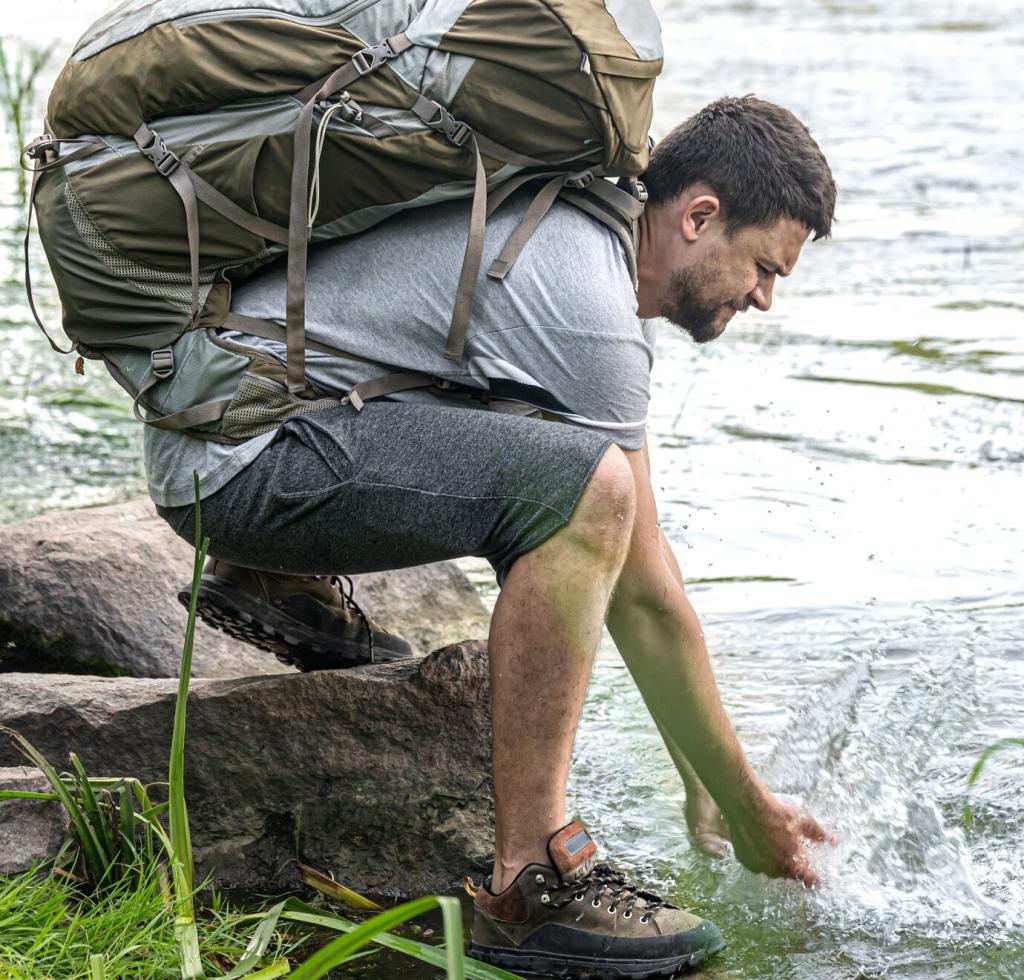
Group Logistics, Emergencies, and Redundancy
Carry a sealed day of dense foods—nut butter, bars, couscous, and bouillon—as a do-not-touch buffer. In deserts, pre-stage water with labeled dates and GPS pins, and leave backup notes for other travelers in need.
